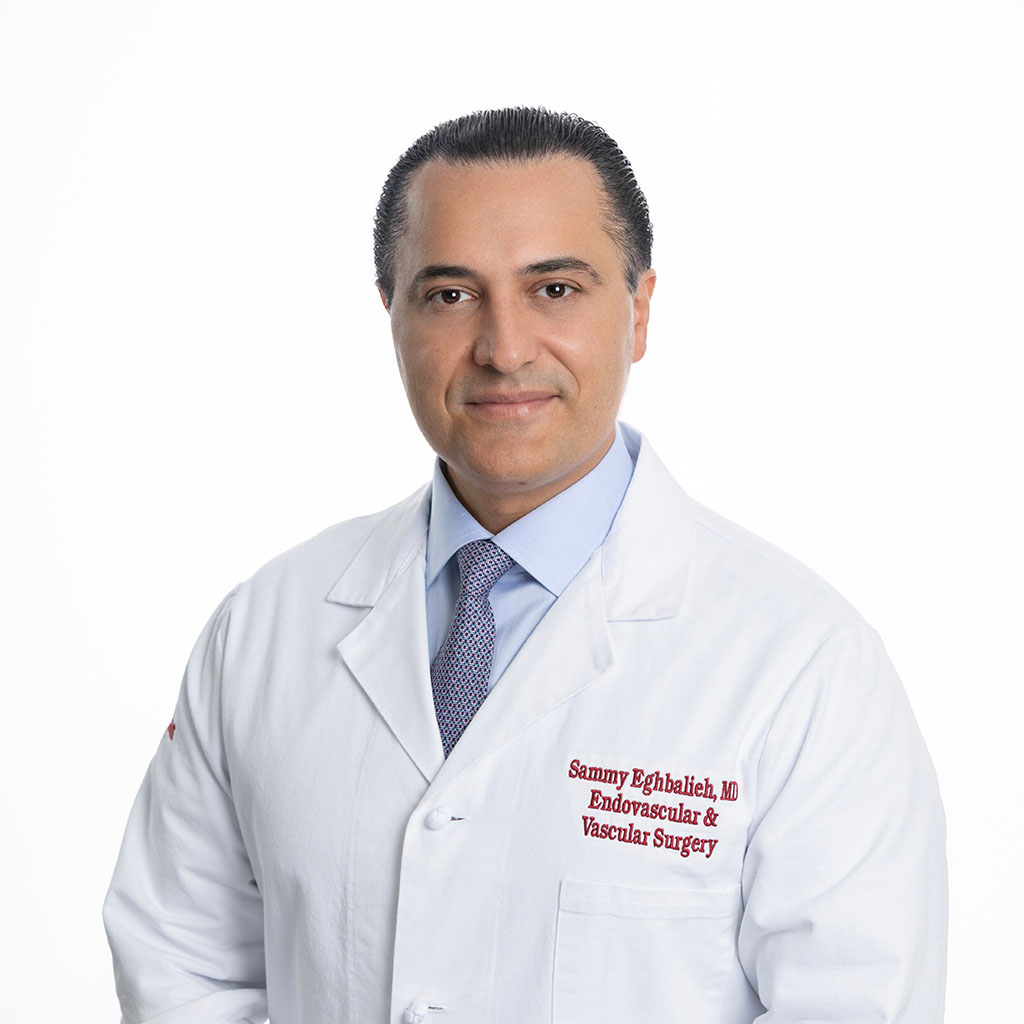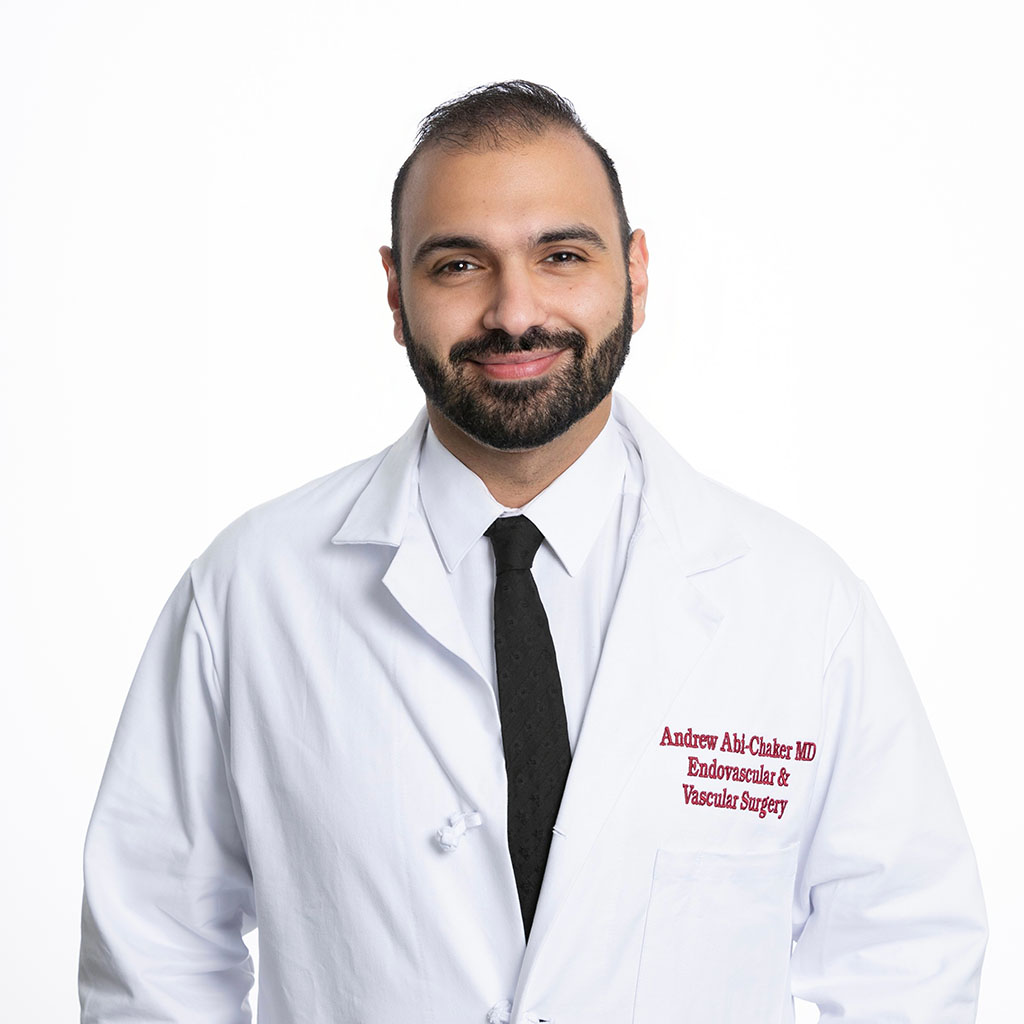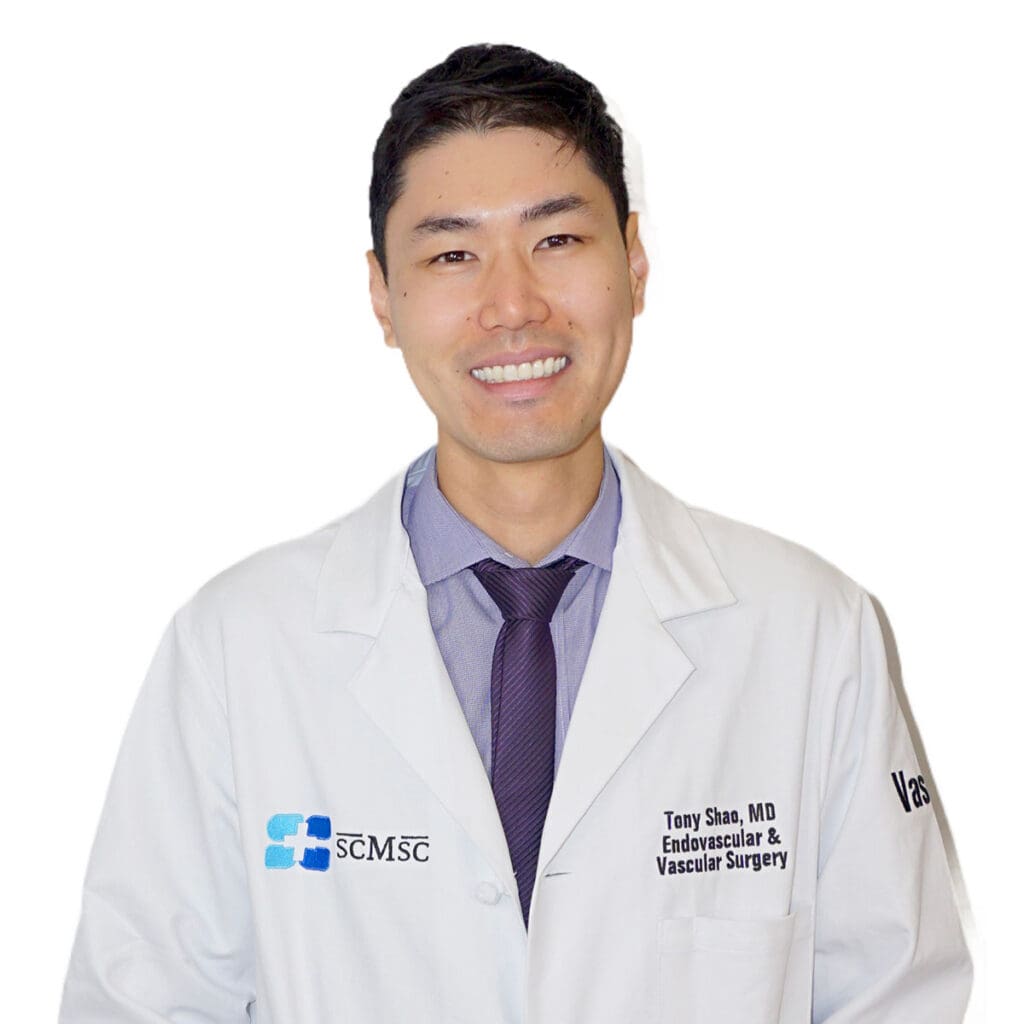Thoracic Outlet Syndrome Surgeon, Los Angeles
Decompression Surgery for Thoracic Outlet Syndrome (TOS)
What is Thoracic Outlet Syndrome?
There are 3 classifications of thoracic outlet syndrome:
- Neurogenic thoracic outlet syndrome (most common)
- Venous thoracic outlet syndrome
- Arterial thoracic outlet syndrome
Thoracic Outlet Syndrome Q & A
What are the risk factors of Thoracic Outlet Syndrome
- Female
- Age 20-50
- Current/ former athlete
- Anatomical defect
- Poor posture
- Trauma
- Pregnancy
- Sleep disorders
- Tumor
- Weightlifting
What are the symptoms of Thoracic Outlet Syndrome?
Symptoms of thoracic outlet syndrome depend on the type of TOS syndrome you have. It is possible to have a combination of the different types of thoracic outlet syndrome, so proper diagnosis is important.
The following are the most common symptoms of all 3 types of thoracic outlet syndrome:
- Numbness or tingling in arm or fingers
- Arm pain and swelling
- Discoloration of the hand (blue color)
- Weak grip
- Arm fatigue
- Arm pain, neck pain, or shoulder needing pain management
- Cold fingers, hands, or arms from poor circulation
Treatment Options for Thoracic Outlet Syndrome
If thoracic outlet syndrome is left untreated you could be at risk for permanent arm pain and/or swelling, gangrene, pulmonary embolism, or permanent nerve damage. The goal of treatment for thoracic outlet syndrome is to manage pain through decompression surgery.
Early diagnosis can help improve treatment outcomes. Most patients with thoracic outlet syndrome are treated with physical therapy or medical management with pain medications, thrombolytics, or anticoagulants. About 10-20% of patients with thoracic outlet syndrome will need surgical intervention.
To schedule an evaluation with Dr. Eghbalieh and Dr. Abi-Chaker at Southern California Multi-Specialty Center, call 818-900-6480.
Our Vascular & Endovascular Surgeons
It's important to remember not all physicians are trained in advanced vascular and endovascular surgery. It’s a good practice to get multiple opinions and do research on the surgery and the physician.
We look forward to welcoming you
Schedule an evaluation with Dr. Eghbalieh and Dr. Abi-Chaker at Southern California Multi-Specialty Center.






